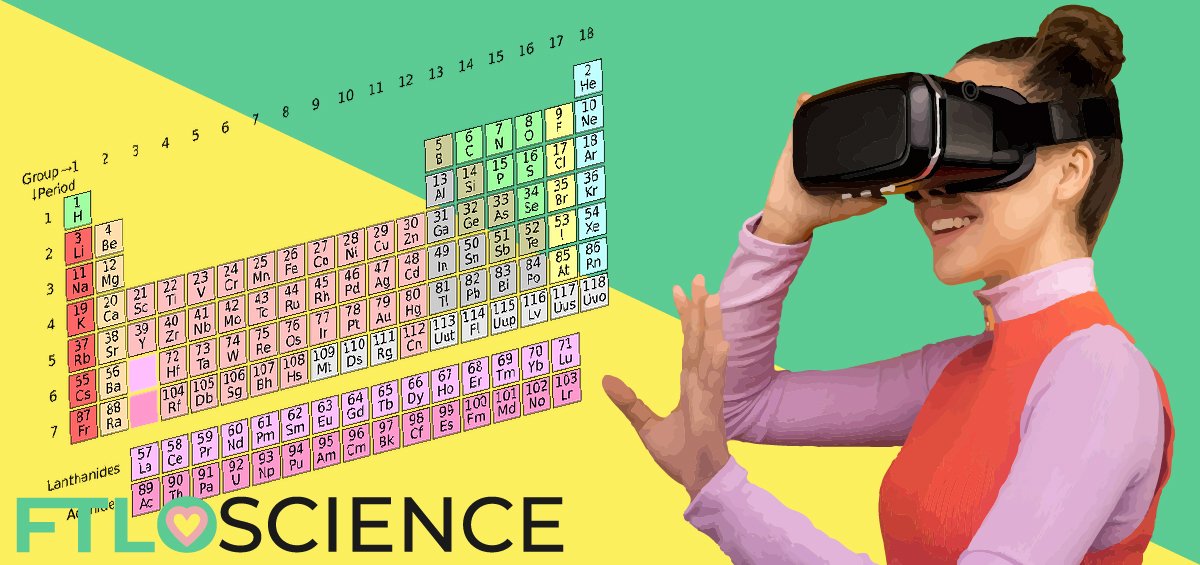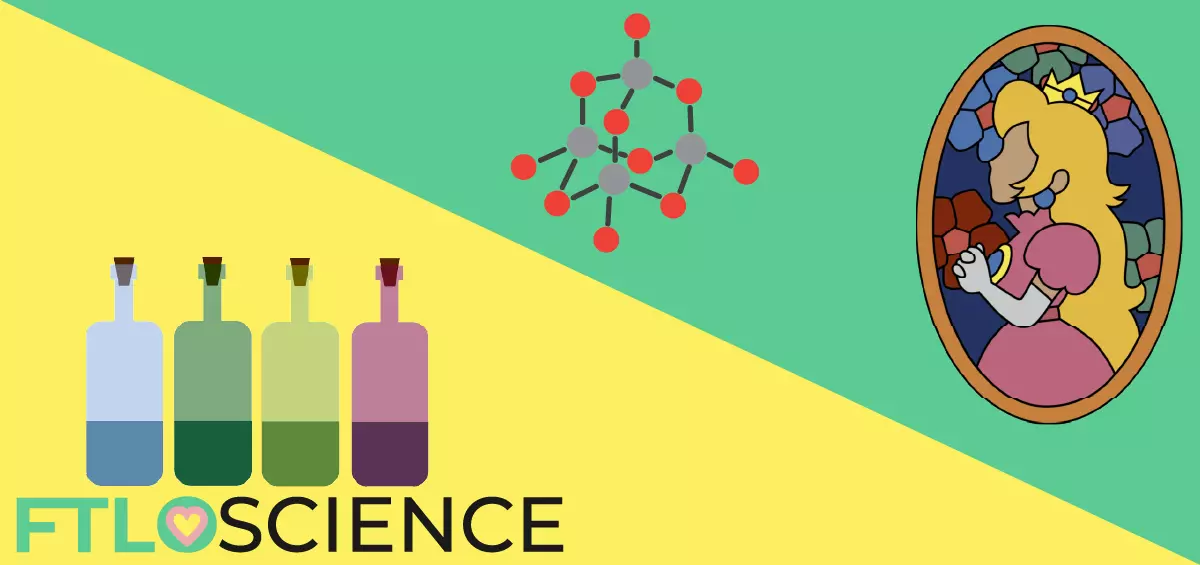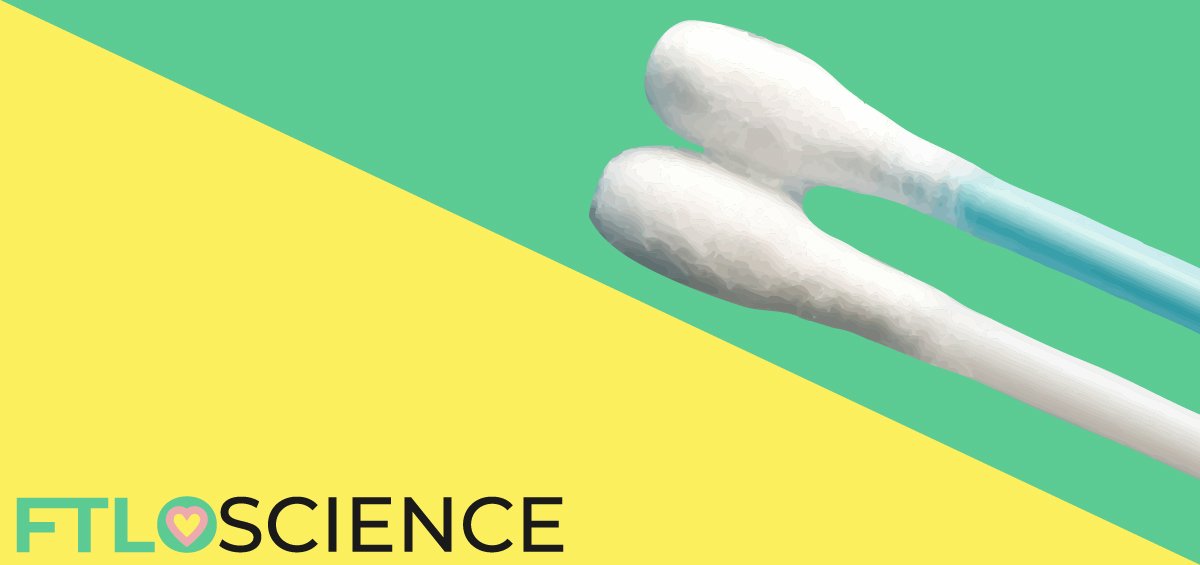Whether your interests lie in science, or you simply enjoy computer games, you must have come across this extremely popular piece of technology. Virtual Reality (or VR) is a computer-generated environment that completely immerses the user through specially built interfaces. While this may seem like a fun gaming gadget, there is more to VR than meets the eye. A team of researchers has created what they call a VR laboratory, forming a link between virtual reality and its potential for educational and even research functions.
Modeling a Virtual Reality
Virtual reality (VR) is a simulated environment in which we can immerse ourselves using appropriate equipment. One of the most popular VR sets is the HTC Vive, an immersive headset with two controllers. It is already in use with basic educational software, for teaching concepts such as anatomy or geography to children.
Although this may appear to be on par with physical ‘real life’ methods of teaching, there are plenty of reasons that favor the use of VR over classical physical teaching methods. These are especially apparent when it comes to modeling chemical and biological systems. Indeed, the intuitive controls make VR better than the well-known ‘flat’ molecular modeling on current computer software1,5.

Physical Versus Virtual Models
Molecular models have been used in research and education since the 19th century; large (and sometimes even room-sized) models have been built to recreate our concept of molecular structures of DNA, diamonds and many other organic and inorganic compounds3. But in order to achieve a better understanding of our world, we need to delve deep into the molecular level.
The main problem is that the molecular world is impossible to ‘picture’; we can’t just snap a photo of it. Despite this, it is necessary to create a representation that allows us to better understand reactions, and in the future even allow us to interact with molecular processes. This is why virtual modeling is crucial – it allows us to create an image that our brains can easily process about an otherwise intangible concept, a glimpse into virtual molecular worlds.

Times are changing, and technology continues to evolve to become more and more powerful. Physical models made from wire, plastic

Future of Molecular Modeling
When we compare modeling just a few decades ago to the present, we already see huge differences. Early models such as that of the original DNA double helix pale in contrast to computer-based systems, able to create entire molecular environments. The biggest distinction between the efficiency of these two systems is that, although physical models create a representation of what a target compound might look like from interactions between atoms, they lack the ability to replicate a fundamental component for producing an accurate model of the real world: dynamics6.
This is because physical models are not dynamic, but static. They do not change or move, and we cannot simulate different environments and observe how the models could react to them. But software programs now allow us to perform molecular modeling, an advantageous tool for discovering useful new molecules that is efficient and also cost-effective.
This is possible because modern modeling software allows the user to set environmental conditions, such as the amount of time in the body, possible interactions with water, and other factors which can affect how certain proteins react to change. A common simulation that can be run is to observe drug-protein interactions as it binds to the target.
Limitations of Simulation Software
It is true that such systems are useful and powerful, undoubtedly a leap forward compared to old physical models. However, it is not yet perfect and there are obstacles that need to be overcome. For example, in a computer simulation such as the one shown above, we can rotate the image as we please and interact with it by changing the angle of the camera on our PC. However, the fact remains that it is still a 3D simulation displayed in a 2D (screen) device.
Now, this may seem unimportant; after all, if we can rotate and zoom in and out of the molecular model, we still have a certain degree of mobility, do we not? The fact is that if we only consider small molecules, such as drugs, this limitation is easily manageable, but once you start looking at bigger molecules like proteins, everything changes. The complexity and the number of amino acids that constitute the proteins skyrocket, and the simulation becomes a blur of sticks and balls or an amorphous mass of colors on the screen.
Cutting-edge molecular modeling software can even handle complex processes for the user. For example, some programs make it possible to see and select a list of amino acids, then highlight their presence throughout a 3D model to give some sense of orientation while working. Still, this is only a small patch over the problem, and the wider issue is not yet solved.
Author’s Experience with Virtual Labs
Dr. Glowacki (who the author had the honor of meeting and talking with during a conference in Edinburgh) from the University of Bristol is a pioneer of a new method of modeling that – although it will not completely solve the issue – could make the next giant leap between the current procedures of molecular modeling and what the future has to offer4. His project, ‘Danceroom Spectroscopy’, combines an innovative technique for modeling nanoscale structures with new software specifically designed for VR devices2,5,6.

The project is still growing and remains in its early stages; there are limitations of the models to smaller compounds. Other areas for improvement were full implementation of complex proteins. Since the author previously worked with simulations for antibodies, she asked about this, but unfortunately, the answer was ‘not yet’. However, Dr. Glowacki compelled the audience to work with the project, which is open
But as can be seen from the image above, the power of this technique relies on intuitive control, certainly showing the potential to overcome some issues that current modeling systems present. In the future perhaps, one can delve into a drug to uncover how it interacts with proteins in your body.
Reference
- Vive Team. (2018). HTC VIVE Helps Bring Education Experiences To Life In VR. Retrieved from https://blog.vive.com/us/2018/04/30/htc-vive-helps-bring-education-experiences-life-vr/
- Danceroom Spectroscopy. (n.d.). About. Retrieved from http://www.danceroom-spec.com/about
- Crowfoot, D., Bunn, C. W., Rogers-Low, B. W., Turner-Jones, A. (1949). X-ray Crystallographic Investigation of the Structure of Penicillin. Princeton, NJ: Princeton University Press., pp. 310-367.
- Glowacki, D. (n.d.). Science. Retrieved from https://glow-wacky.com/science/
- Glowacki, B. R., Freire, R., Thomas, L. M., O’Connor, M., Jamieson-Binnie, A., & Glowacki, D. R. (2019). An open source Etextile VR glove for real-time manipulation of molecular simulations. Retrieved from the arXiv database.
- O’Connor, M., Deeks, H. M., Dawn, E., Metatla, O., Roudaut, A., Sutton, M., Glowacki, D. R. (2018). Sampling molecular conformations and dynamics in a multi-user virtual reality framework. Science Advances, 4(6), eaat2731.
About the Author

Alejandra was a science writer at FTLOScience from October 2018 to April 2021.




